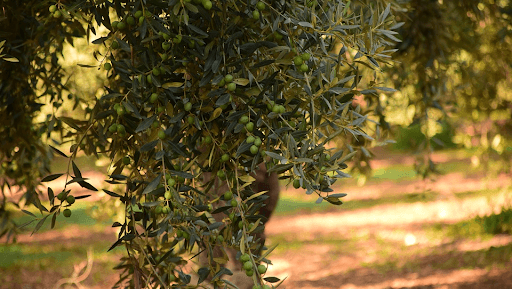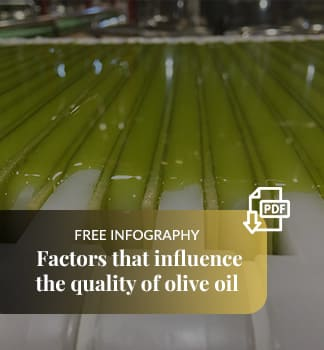Listen to this article
The olive tree produces abundant crops when there are no important limiting factors. The production in the olive tree is thus achieved by minimizing or eliminating limiting factors and not so much by optimizing productive factors.
In most cultivated plants, especially those evolved in climates with non-limiting temperatures and humidity in the growing and reproduction season, the opposite tends to happen. The olive tree first of all looks for its physical integrity, and when this is not compromised, then it produces fruits.
Factors to take into account
The factors that must be taken into account when managing the olive grove, in order to make an olive grove productive, would be:
Water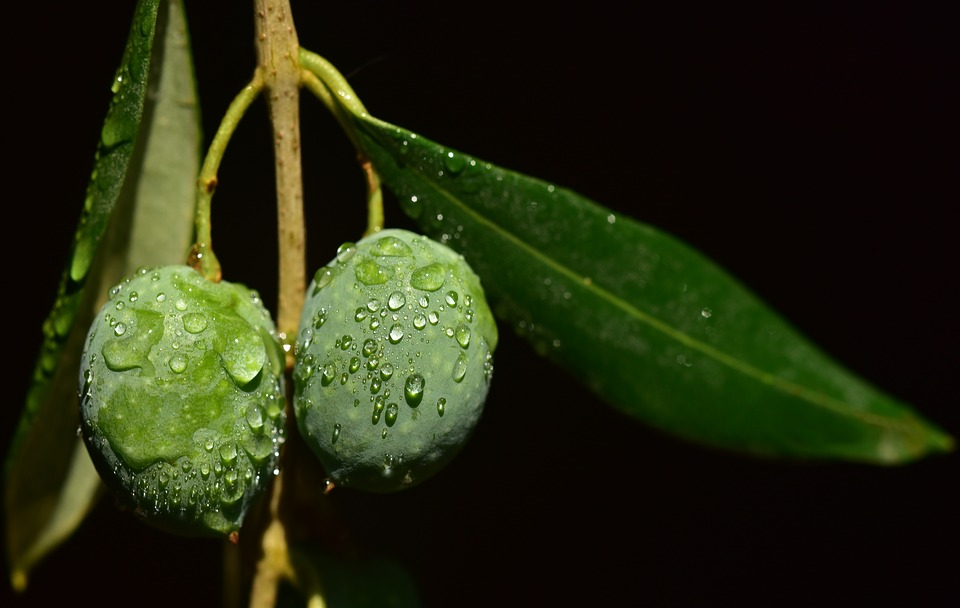
In the key physiological moments of the olive tree, such as spring and autumn, it is advisable that the olive tree has water.
Light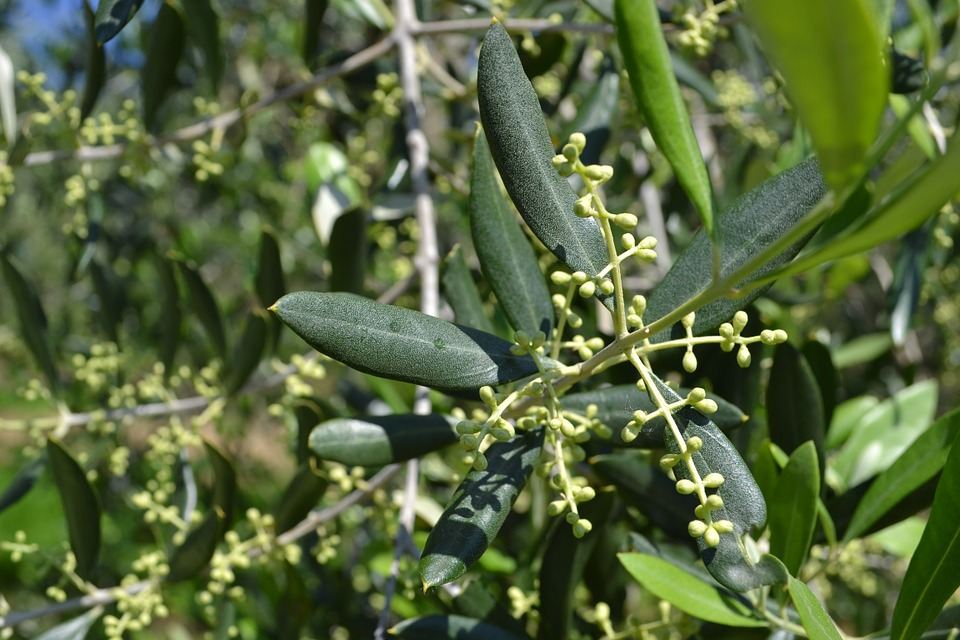
The shoots of a dimly lit olive tree grow less, bloom less, produce less fruit and are smaller in size. Even in intense shade situations, they can defoliate and die.
Harvest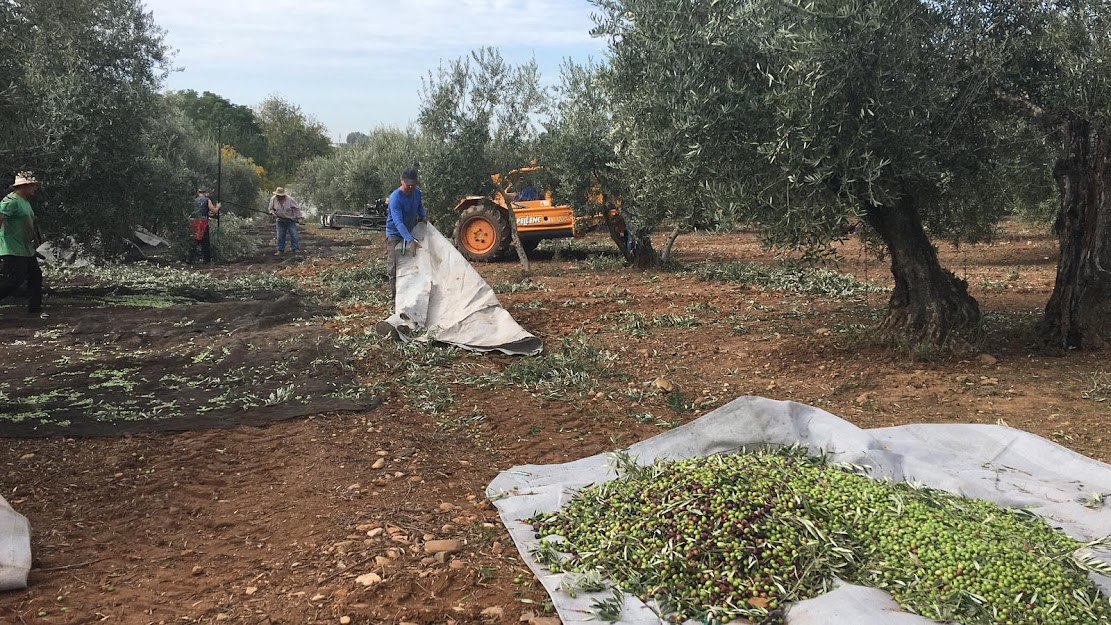
A long presence of the olive on the tree, impairs the return flowering. In the harvest itself, serious mechanical damage can occur that break stems, branches, bark or even roots, reducing successive harvests.
Olive Nutrition and Health
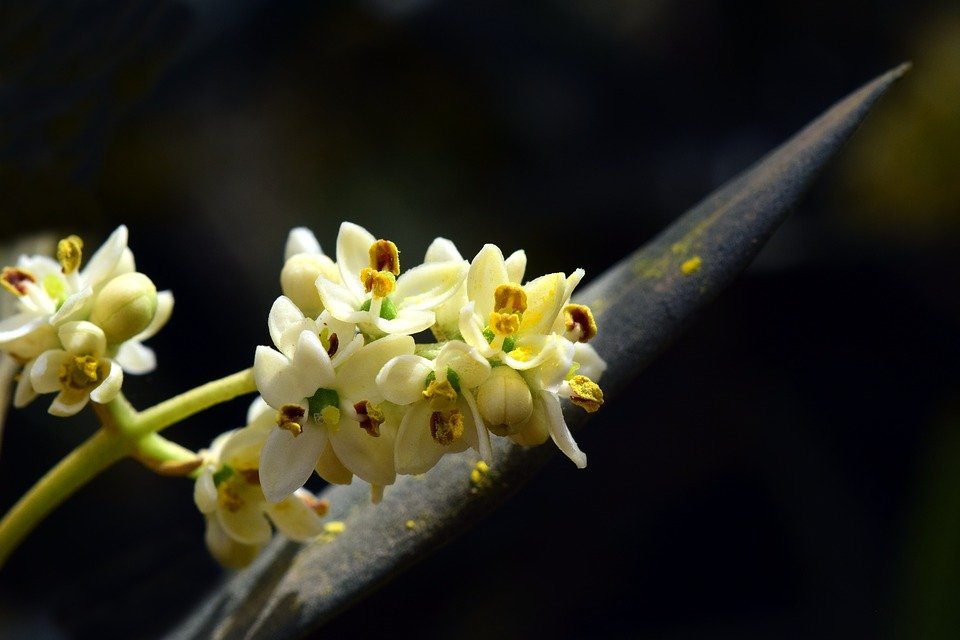
Poor nutrition and health in the olive tree seriously affect both vegetative and reproductive growth, seriously reducing production.
Abiotic Factors
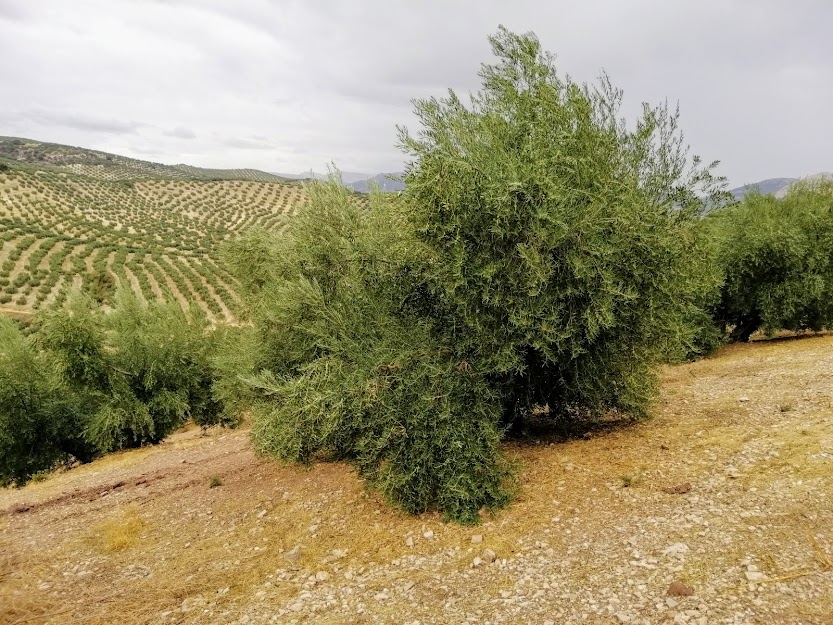
Abiotic factors include: climatic conditions such as extreme temperatures, excess or deficiency of water, light or nutrients, compacted soil, drought, stagnant water and / or adverse cultivation practices.
In the olive tree, water stress, excessively high or low temperatures, hail, etc., can affect vegetative growth, reproductive growth or both, depending on the case.
Productivity
In terms of agricultural exploitation, an olive grove is productive, when a canopy volume per hectare is maintained such that it is the maximum that the farm admits without there being competition between the olive trees themselves, both for light and water.
The olive tree cycle is biennial, so what happened at a given moment in the olive tree cycle, be it management, climate, etc., has repercussions beyond one year. Similarly, productivity should be considered as the sum of harvests of at least two years.
Every year the olive tree produces both olives and vegetative shoots. These vegetative shoots will be responsible for the production of the following year and therefore will carry the next harvest.
The ideal situation for an olive grove would be that every year there would be a balanced production of both shoots and olives.
A high olive year can be low in buds due to the competition between vegetative growth and fruiting.
In low harvest years, vegetative growth is usually high, due to the preparation of the olive tree for the following year.
When there are serious nutritional, health or abiotic problems, it can considerably reduce both vegetative and reproductive growth.
We must try to achieve a productive system that allows obtaining the maximum benefit and for this we have drawn up a decalogue that will help us to try to adjust our decisions to the following premises:
Decalogue to obtain a productive olive grove:
1.- Search for maximum production in the management of the olive grove.
2.- Search for the maximum sale price of olives or the oil obtained.
3.- Search to produce at the lowest possible cost.
4.- Minimize the recovery period for the investment made.
5.- Maximum conservation of the productive environment, especially water and soil.
6.- Bet on getting olives and oil of the highest possible quality.
7.- Take great care so that the fruit reaches the mill in perfect condition.
8.- Search for the maximum possible mechanization.
9.- Avoid puddled soils, salinity, and excess limestone.
10.- Agronomic practices that improve water efficiency and shorten the unproductive period of the olive tree.
.png)
